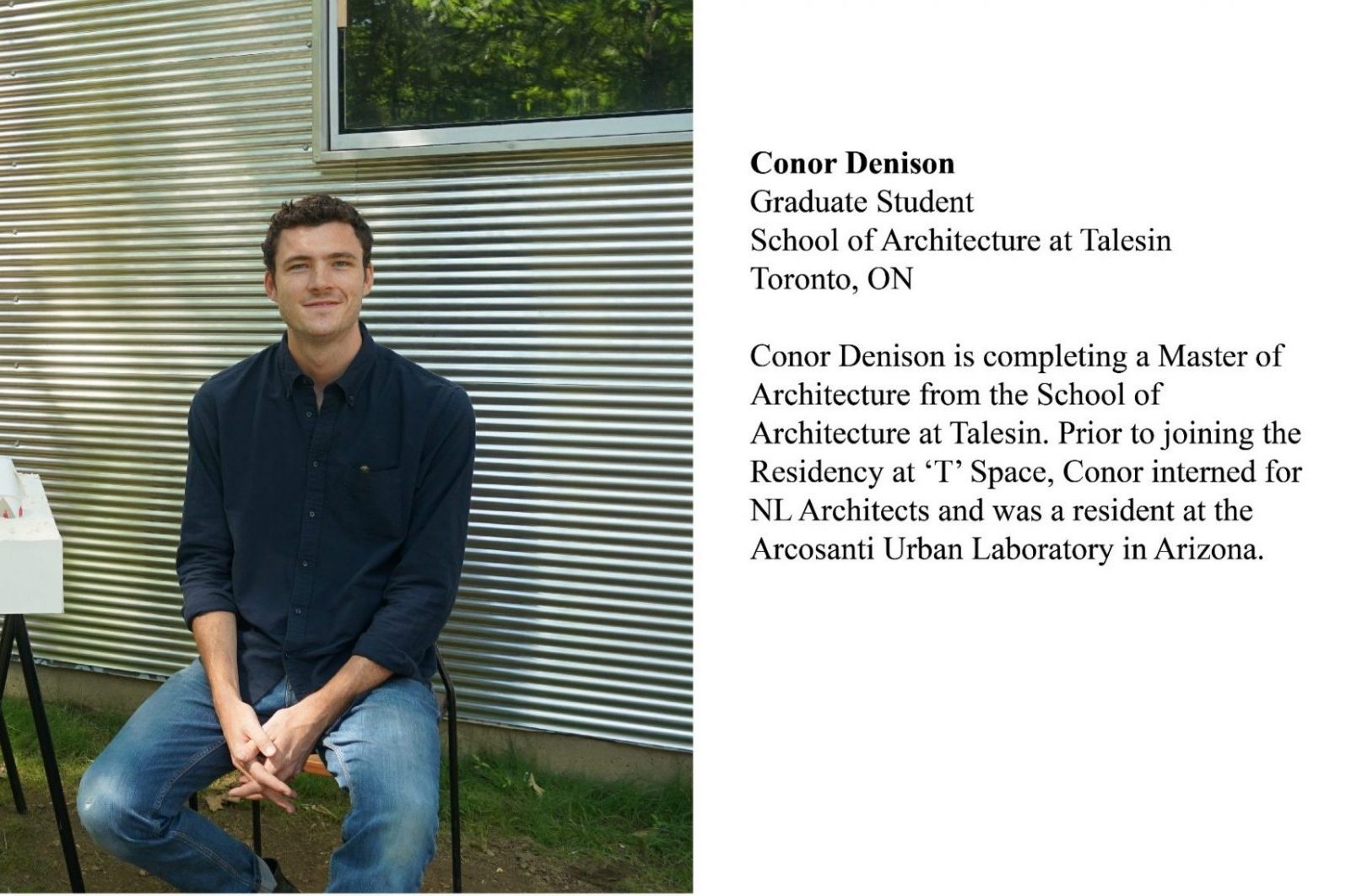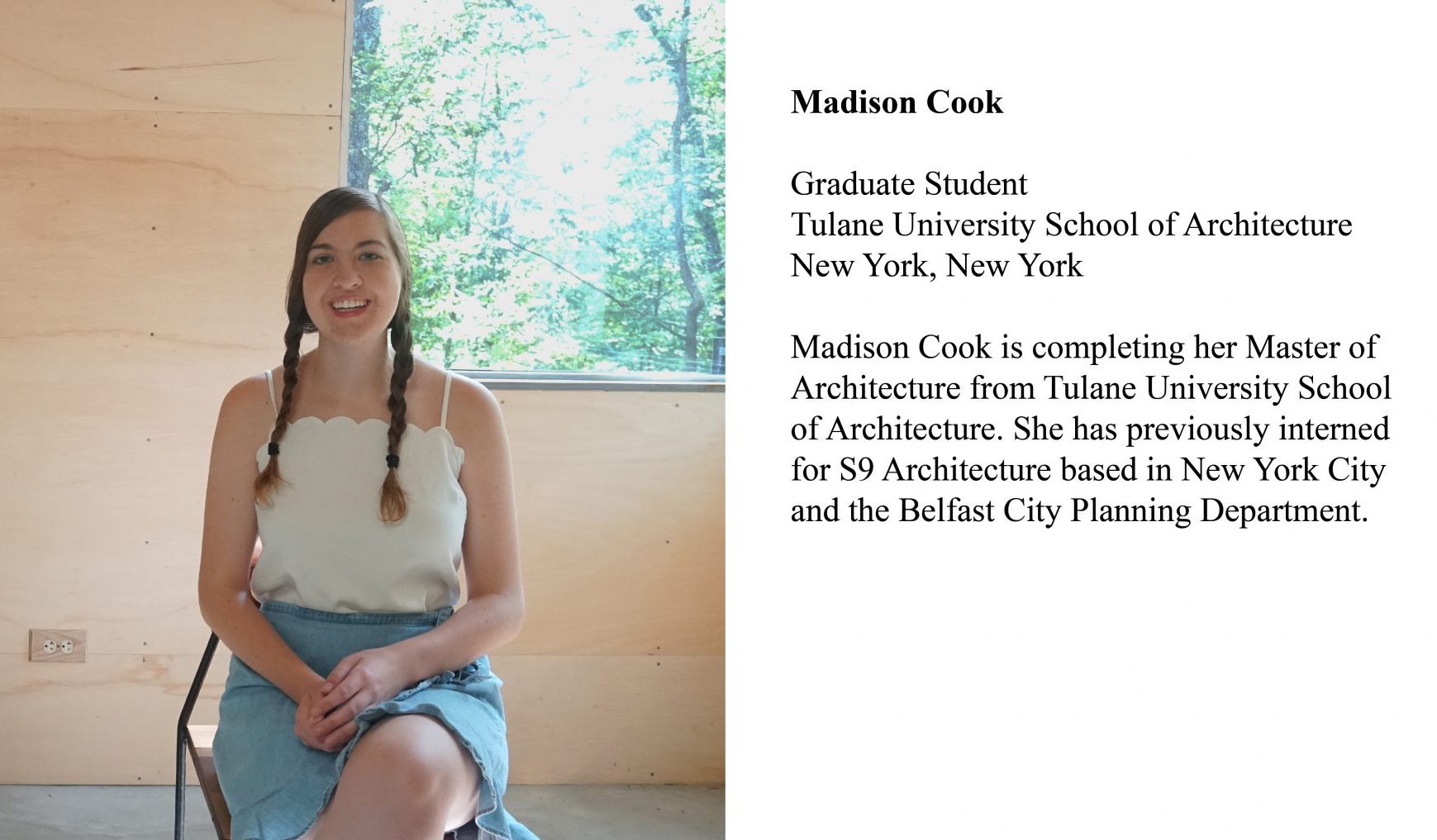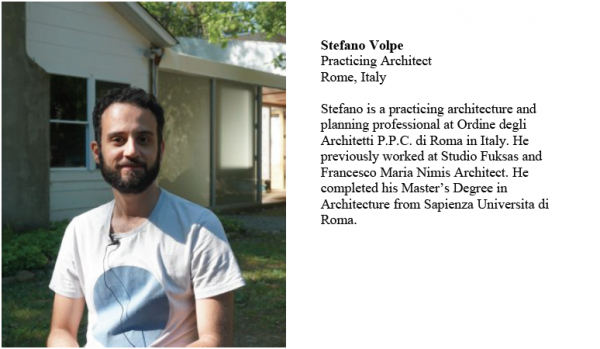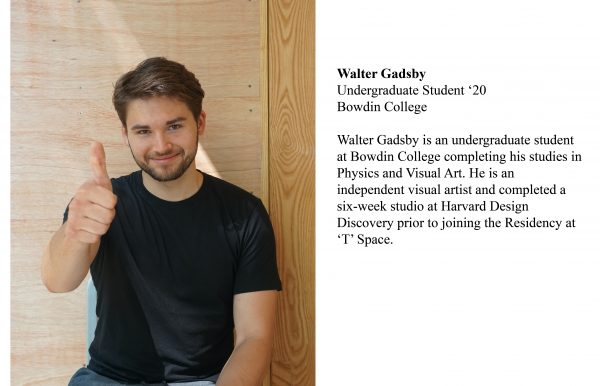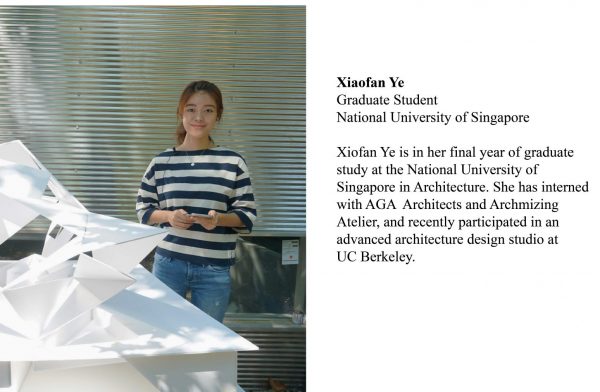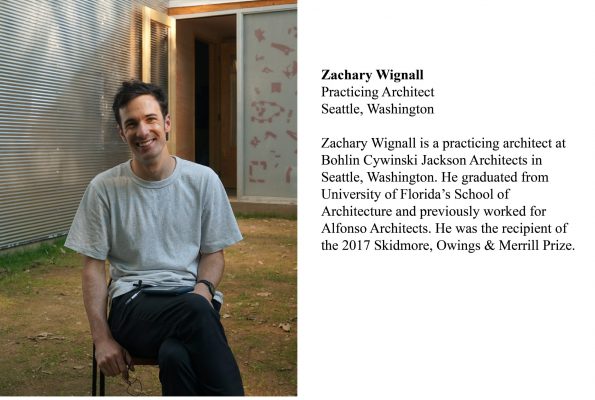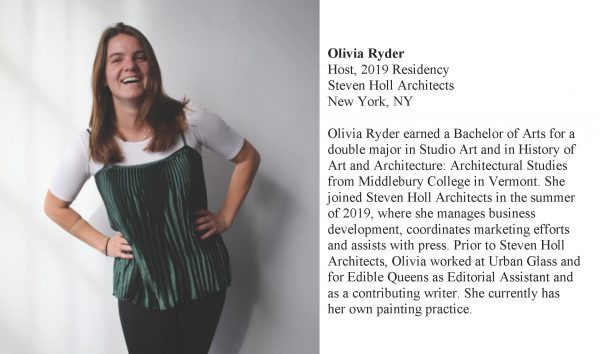“But who knows the temporal dimensions of the forest? […] We should have to know how the forest experiences its great age; why, in the reign of the imagination, there are no young forests.”
– Gaston Bachelard, ‘The Poetics of Space’
We do not have to wander long in the woods to be struck with the impression of a limitless forest extending deeper and deeper. The forest’s hidden grandeur and depth is immediately sensed. In Gaston Bachelard’s words, what becomes present, is the ‘Immediate Immensity’ of the forest’s depth.
The forest and the universe alike, expand in the mind. The ‘Fellow’s cabin’, where five fellows reside, and the studio ‘Space-T2’ are situated within the forested site of TSpace Reserve, in the Hudson valley, in the Northwest Dutchess county, near the Hudson river which was glacially formed over twenty thousand years ago.
During their stay, throughout the month of July, the residents divide most of their time between the cabin -a lightly renovated structure from the ‘40s- and the studio, -a hunting shack from the ‘60s reappropriated by Steven Holl. It is a short walk between the two, downhill to the studio and back uphill to the cabin. Yet, the experience is intensified under sunlight and moonlight, and the unknown sounds of nature bewilder the imagination.

Img 1, Jen Chenyu Zhang, Binary Stars
On a clear night onsite, the starry sky vibrates to our naked eyes. When considering the universe, or observing the stars through the telescope, in an almost motionless state, we are overpowered with Spaciousness, what Bachelard calls ‘Inner Immensity’.
During the course of the residency, the Ecospace, or you may say the ‘outer’ space, or the negative space, is experienced as an extension of the indoors, like an outdoor ‘room’. The immensity is paradoxically compressed, and Intimacy is externalized.
Encapsulating this complexity, the hypothesis for the summer studio experimentation is the design of a small-sized residence and sky observatory on the grounds of TSpace Reserve. Space making is explored and communicated with white bristol paper models and with animated visuals; rudimentary materials paired with advanced means of representation.

Img 2, Jingyuan Candice Wu, Cosmic Collision, overlapping video stills
One project considers our galaxy as a perfect orbit in equilibrium, where most stars are in fact not single, like our Sun, but binaries or triplets in gravitational balance (img 1). Yet another project focuses on those gravitational forces that result in hostile and violent star collisions, massive explosions and bursts of enormous amounts of energy (img 2).
Such forces of energy and counter-energy become a spring point for the exploration of design language. How can complex geometries of our universe and other advanced mathematical models that describe it be understood or translated through architectural thought?
Τhe challenge that the fellows face is to translate Immense to Intimate and vice versa, in pursuit of ‘inhabiting’ the universe, and for the universe to ‘inhabit’ their architecture.
Eirini Tsachrelia
New York, February 2019

Img 3 Xiucong Han,3+1 Spacetime

Img 4 Mariano Cuofano, Intangible Convergence

Img 5, Haoran Wang, Implacable Order

Img 6, Jen Chenyu Zhang, Binary Stars















































